Open and Accurate Air Quality Monitors
We design professional, accurate and long-lasting air quality monitors that are open-source and open-hardware so that you have full control on how you want to use the monitor.
Learn MoreClean air is a right, not a privilege. For children whose lungs are still growing, every breath of polluted air can leave lasting harm. I spoke with Professor Juliana Jalaludin, Head of the Research Project on Air Quality and Health Impact at Universiti Putra Malaysia, about why preschools have become the focus of her work.
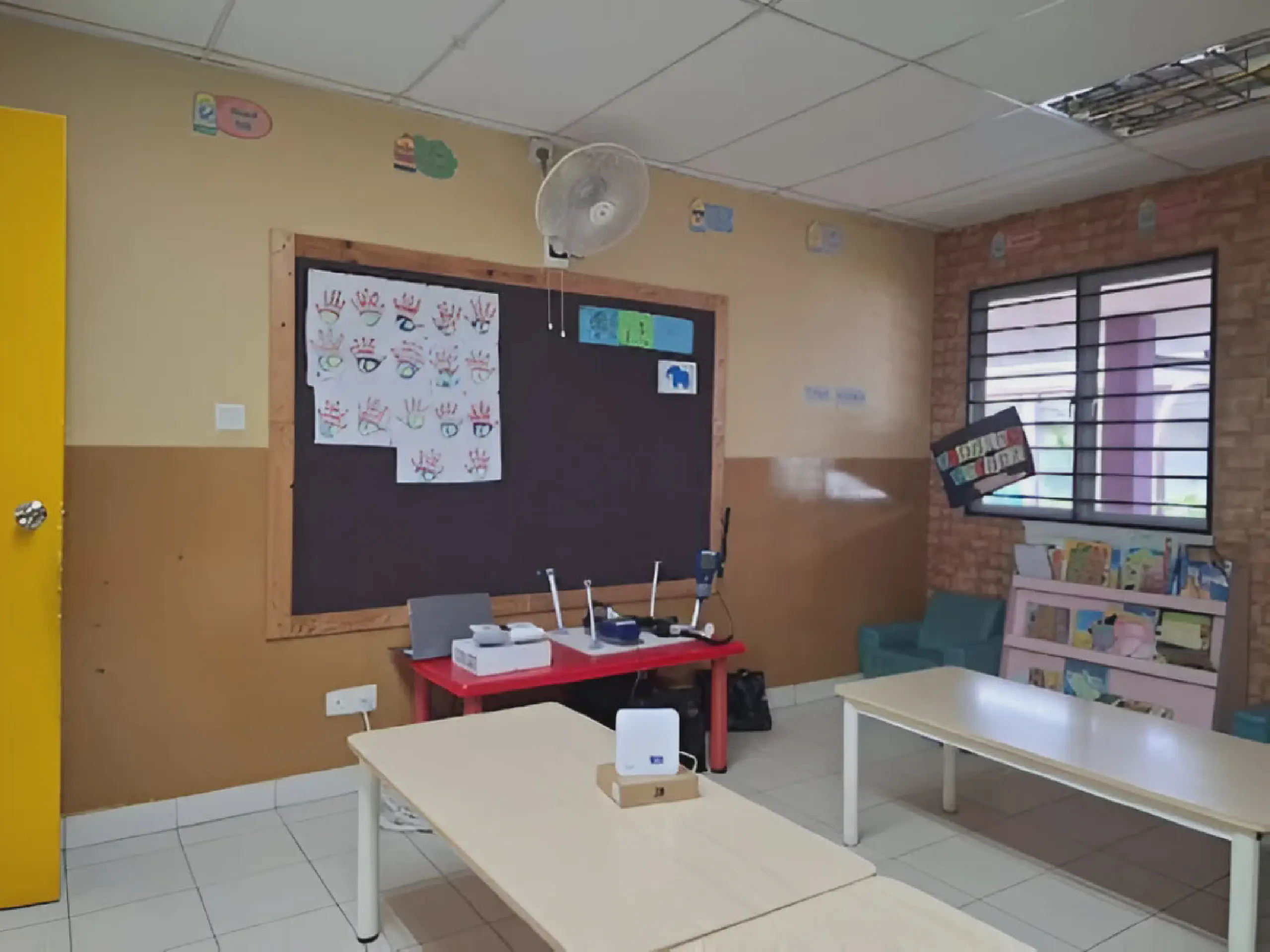
Professor Juliana’s concern for children’s health is not new. It started in the 1990s, when she first observed how strongly environmental exposures shaped children’s well-being.
“Children spend long hours indoors, particularly in classrooms. While outdoor air quality often receives more attention, the indoor environment where children actually spend most of their time is being overlooked,” she explained.”
This realization has guided her research for decades, supported by national and international grants, and reinforced by Malaysia’s National Environmental Health Action Plan (NEHAP), which prioritizes children’s environmental health. Schools, as educational institutions, should provide a safe and healthy environment for learning.
Malaysia faces a two-sided challenge: outdoor and indoor pollution. Outside, traffic, industries, open burning, and recurring transboundary haze frequently push fine particulate matter (PM2.5) above World Health Organization limits, particularly in urban areas and during dry seasons. Indoors, the problems are different but no less harmful. Mould, dust, chemical pollutants, and poor ventilation contribute to unhealthy environments, especially in schools.
To change this, Professor Juliana has been active as both a researcher and policymaker, contributing to revisions of Malaysia’s Air Quality Guidelines and the Clean Air Action Plan, as well as developing guidance on indoor environments under NEHAP.
Against this backdrop, preschools became the natural choice for her monitoring project. Children in these settings spend long hours in enclosed spaces.
“Young children are among the most vulnerable to air pollution,” she emphasized. “Their lungs and immune systems are still developing, and their breathing rates are higher than adults.”
And because preschools are often located in busy urban centers, both indoor and outdoor pollution can accumulate.
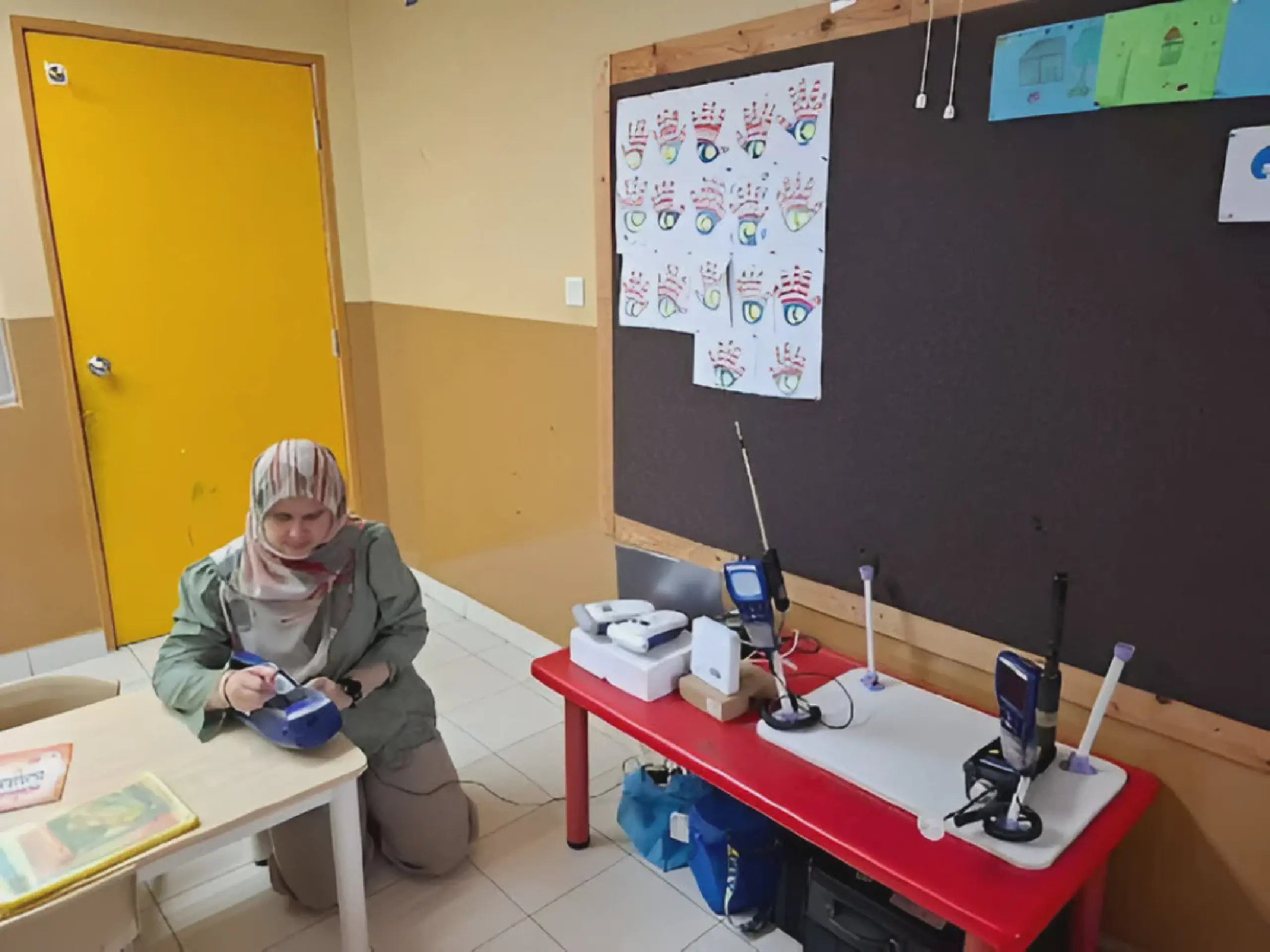
This project was built on earlier epidemiological studies across Malaysia and Asia, translating science into strategies that could directly improve classroom environments.
The results were striking. Carbon dioxide levels rose quickly during everyday classroom activities like singing, reading, and group lessons, showing that ventilation was often insufficient even when the room felt comfortable. Volatile organic compounds (VOCs) were detected from routine items like markers, paints, glues, cleaning supplies, and even wall decorations.
On the surface, classrooms appeared tidy and cheerful. But the air the children were breathing told a different story. The monitors also sparked curiosity. Teachers and students interacted with the small, portable sensors, watching real-time numbers change. For the children, it became a fun and meaningful way to learn about their own environment. They began noticing how actions such as opening windows or cleaning the room could directly affect the readings. For teachers, the data brought a new awareness: air quality was not just a background issue, but something shaping children’s comfort, concentration, absenteeism, and overall health.
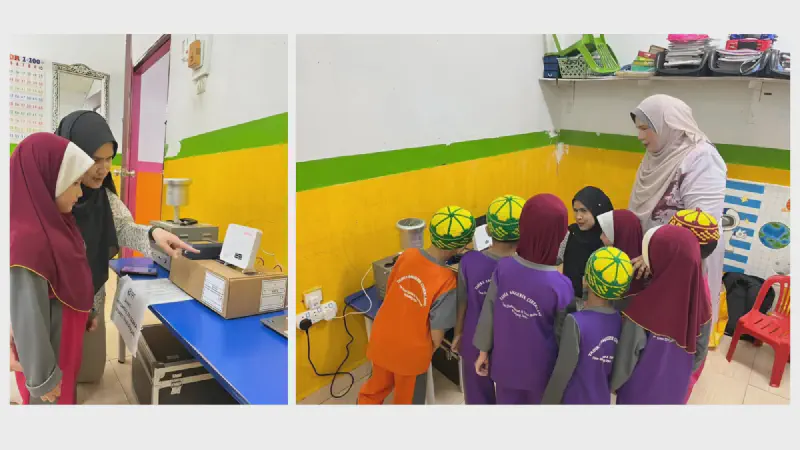
The project did more than measure air; it reshaped perspectives. Teachers who once considered dust, mould, or stuffiness as routine inconveniences began to see them as matters of health and learning. Every preschool can become more than a classroom; it can be a frontline in the fight for cleaner air. When children learn about air quality, they carry those lessons home, influencing their families. And when schools adopt healthier practices, they can set an example for the wider community.
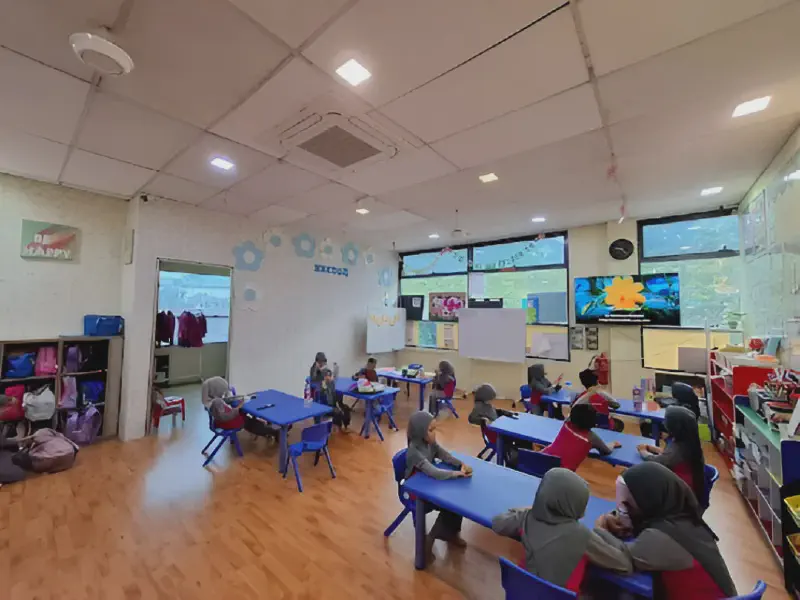
Professor Juliana hopes the preschool project will inspire lasting change. In Malaysia, she envisions stronger policies, school-based guidelines, and sustainable practices that prioritize healthy classrooms. Internationally, she hopes this work will encourage more countries to see schools as critical spaces for research and intervention, opening the door to collaborations and shared knowledge.
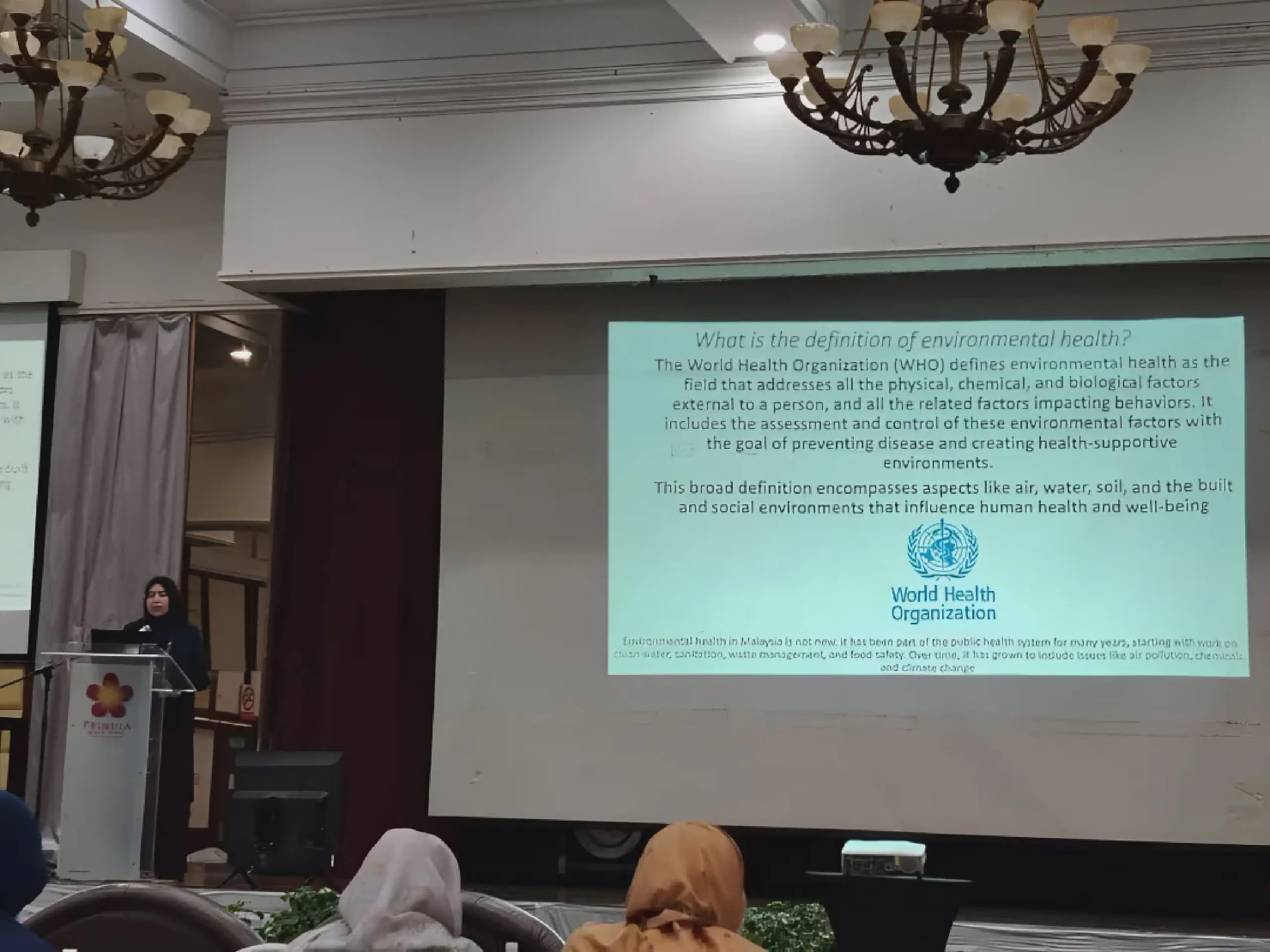
As of today, she is already working with 60 preschools, building on her previous indoor air quality studies across Kuala Lumpur, Petaling Jaya, Puchong, Shah Alam, Ampang, Hulu Langat, and Penang. Looking ahead, she plans to expand this work even further. Once Malaysia’s Indoor Environmental Quality (IEQ) guidance is finalized, she intends to conduct wider monitoring in schools and other educational institutions using the AirGradient monitor.
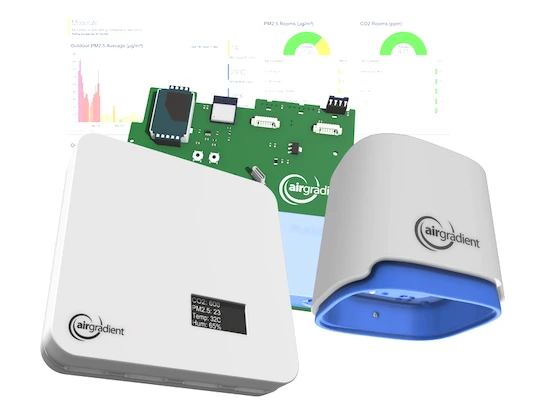
We design professional, accurate and long-lasting air quality monitors that are open-source and open-hardware so that you have full control on how you want to use the monitor.
Learn MoreCurious about upcoming webinars, company updates, and the latest air quality trends? Sign up for our weekly newsletter and get the inside scoop delivered straight to your inbox.
Join our Newsletter